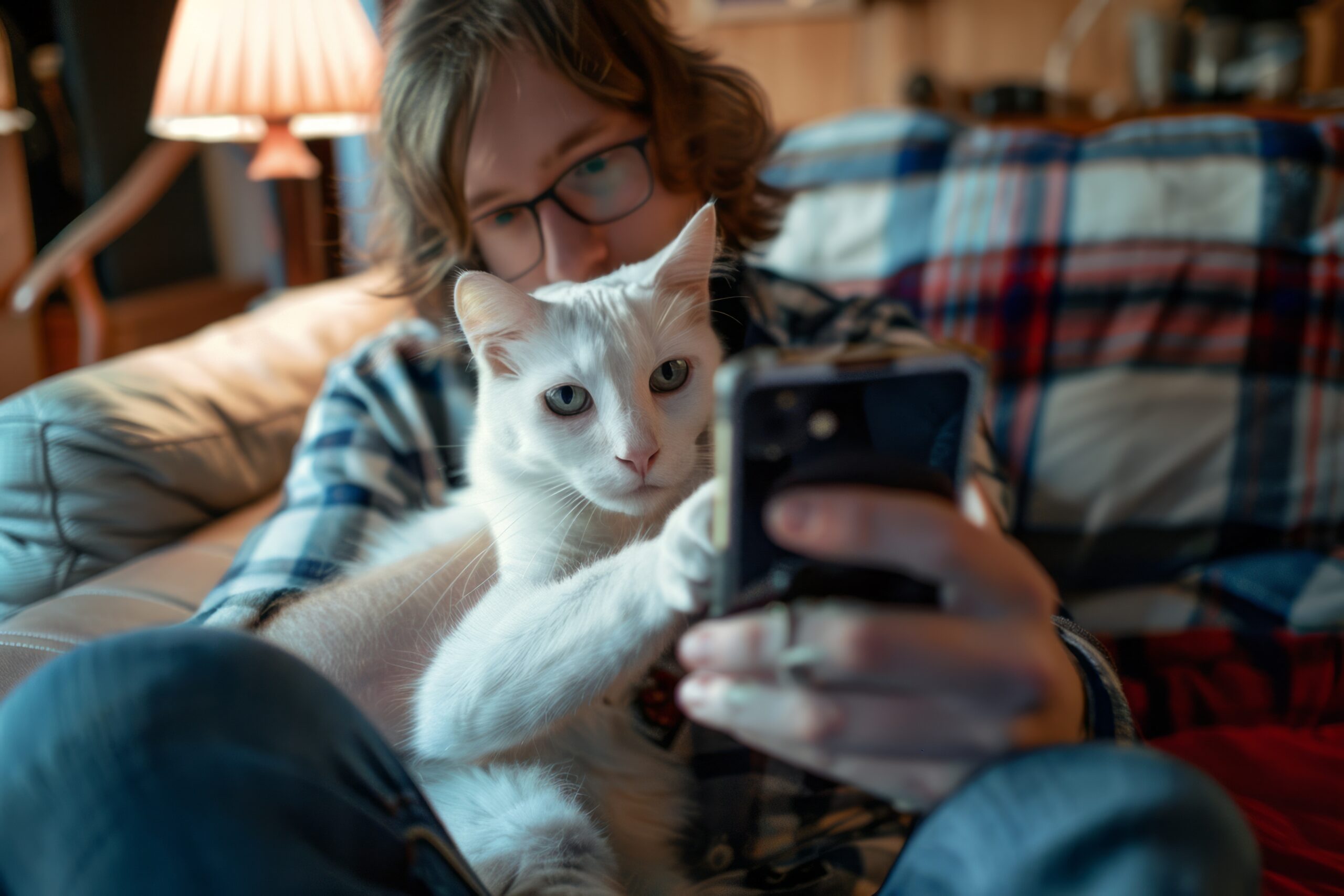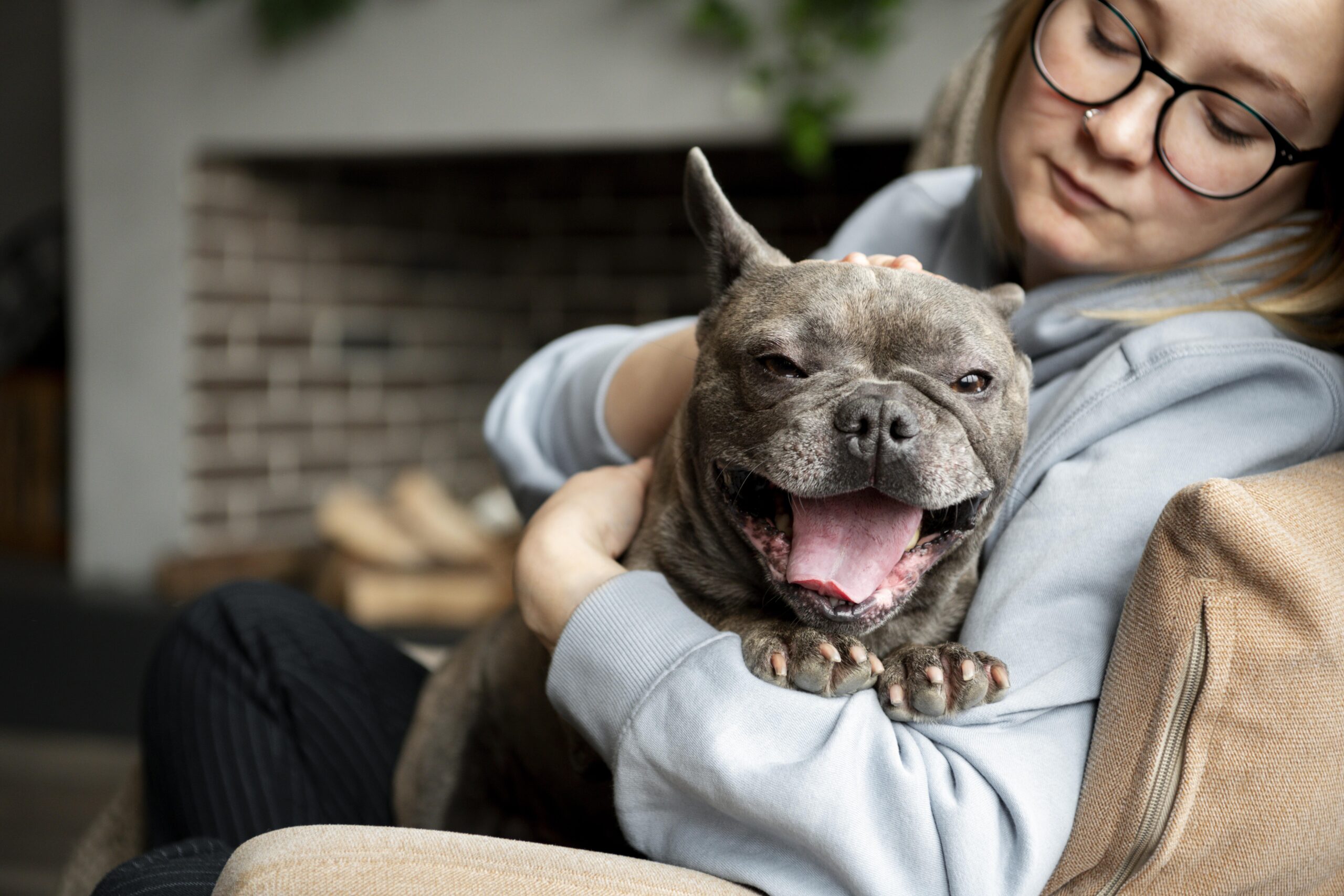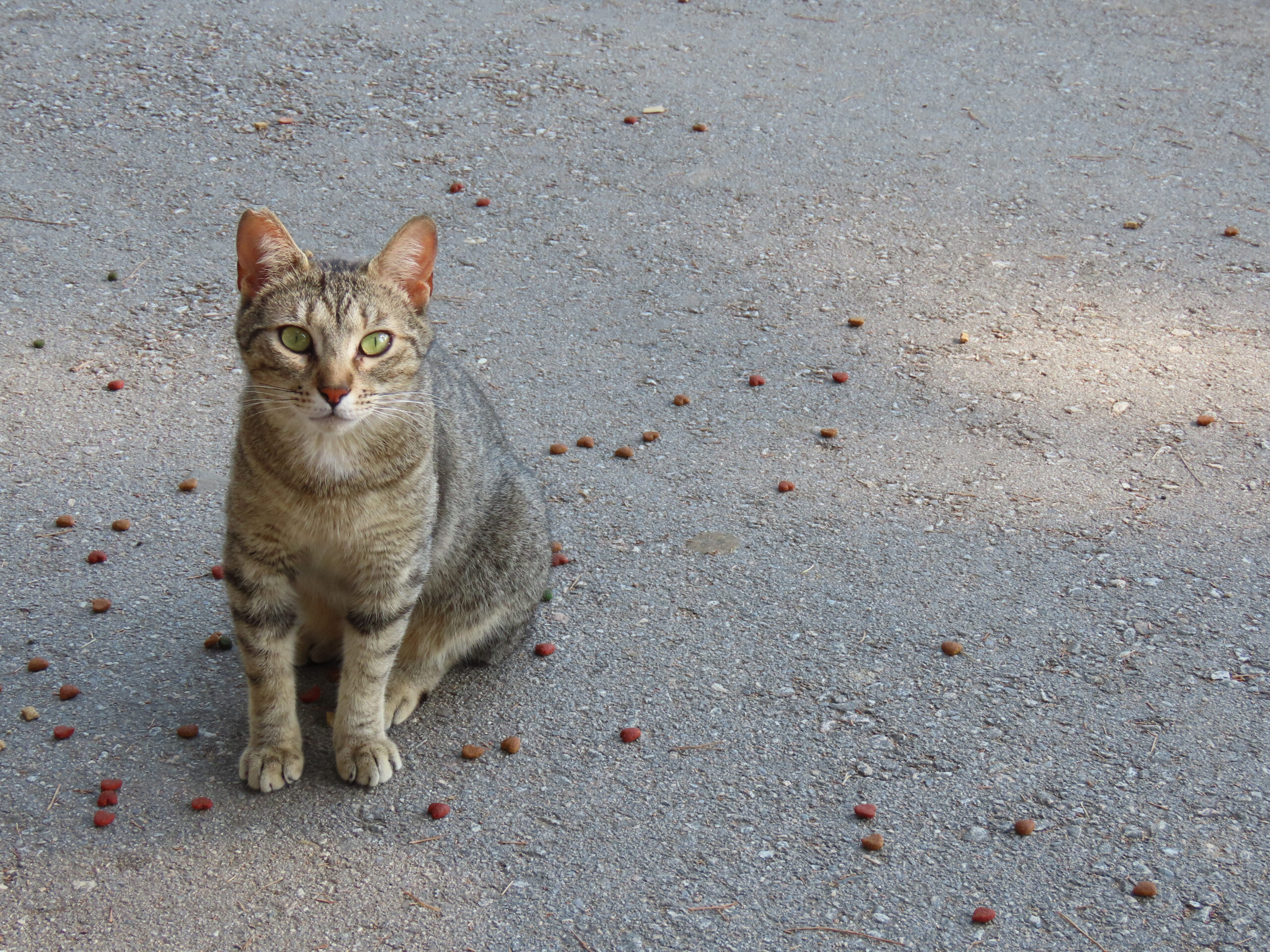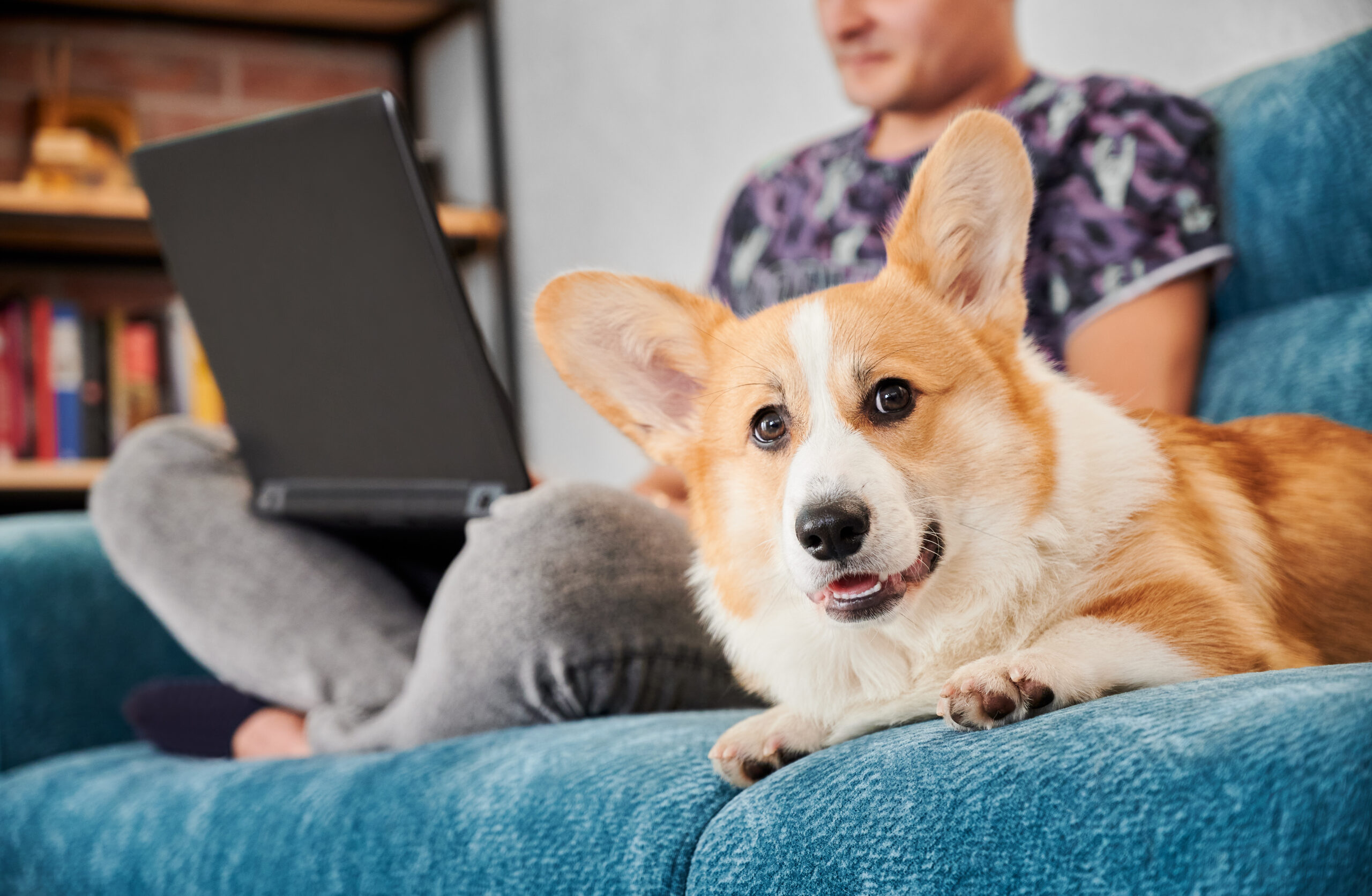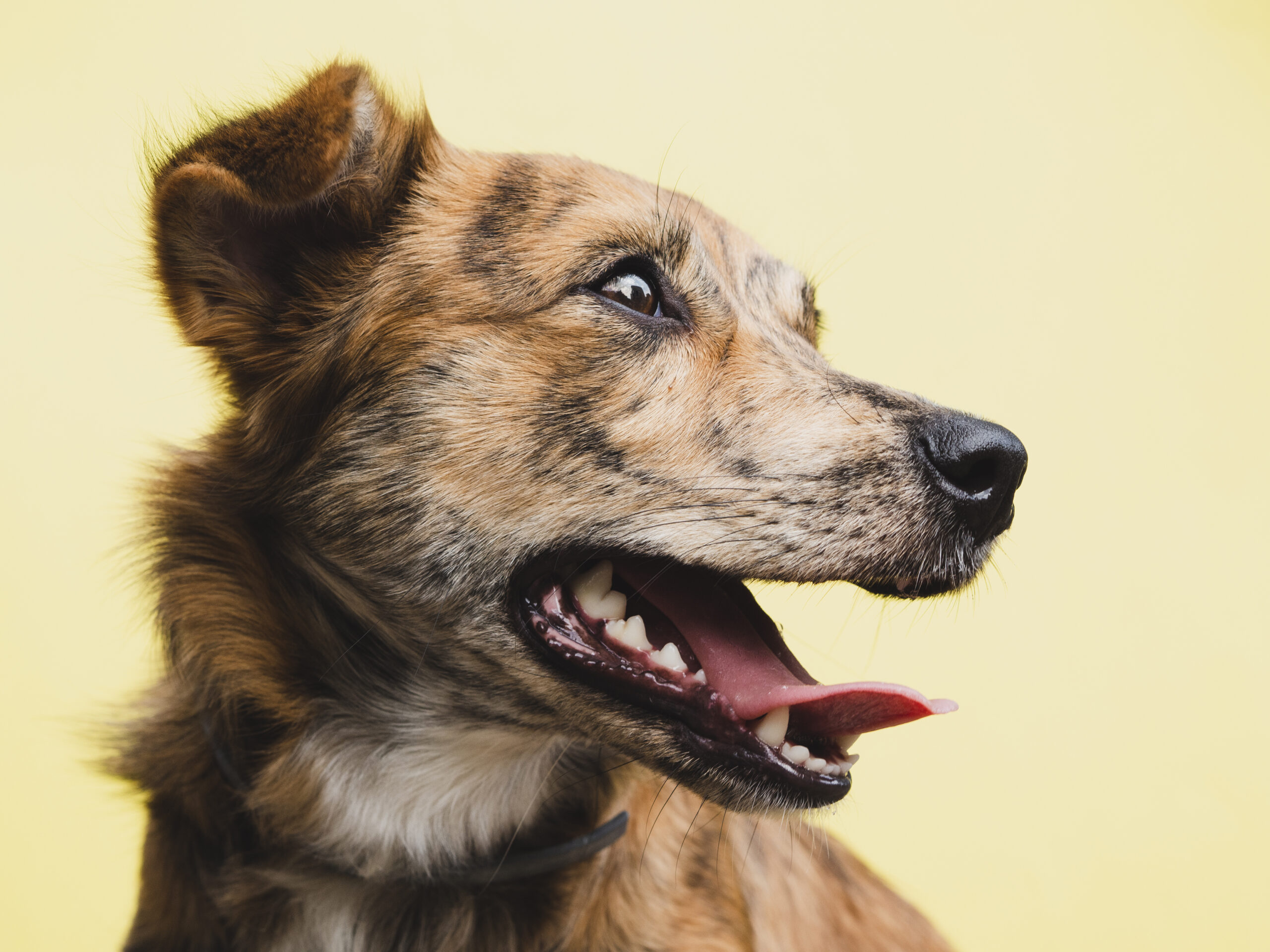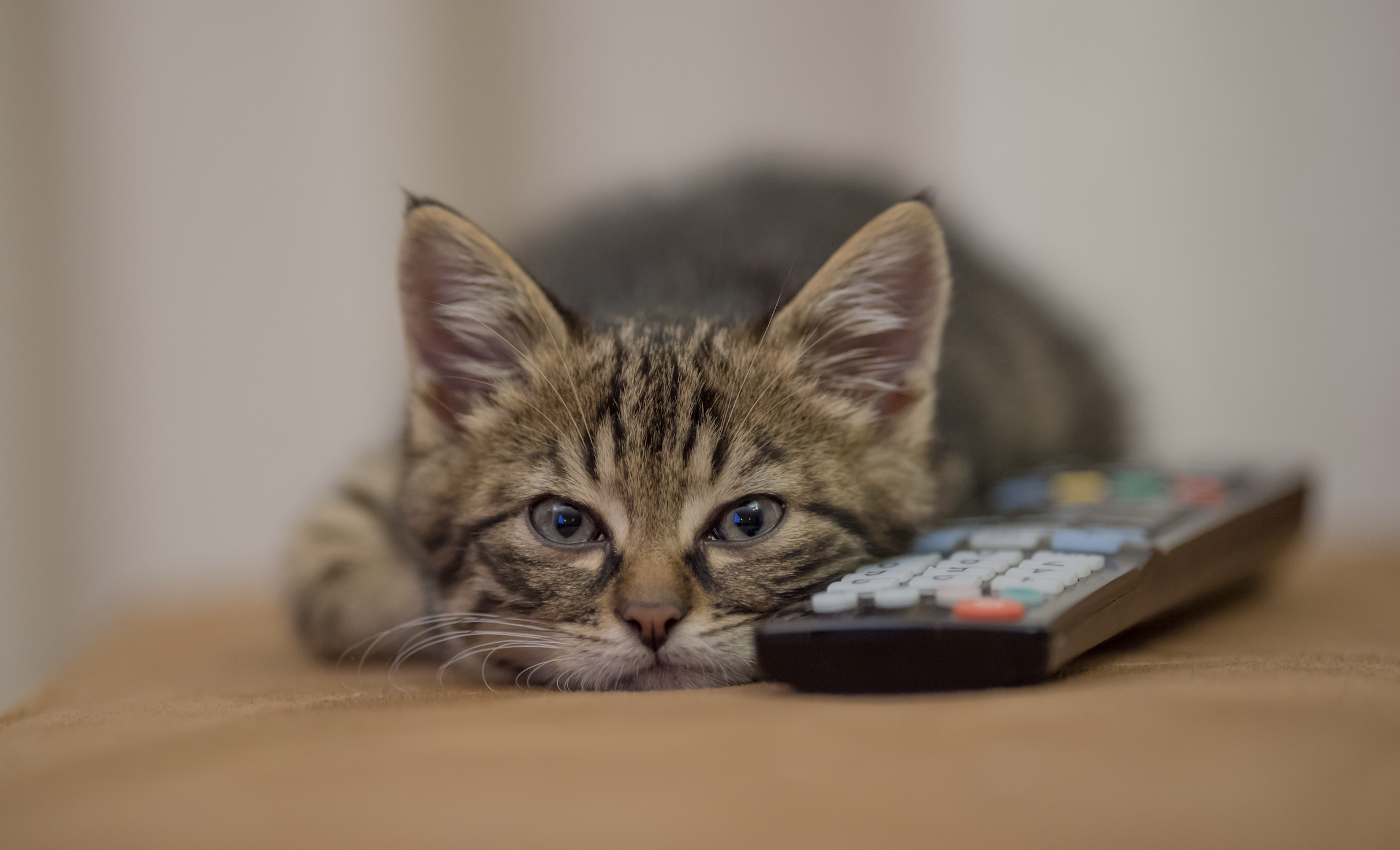House training a puppy may seem daunting at the start, yet with time, steady rules, and gentle guidance, the job soon feels manageable. Breaking the work into clear, small steps gives you a routine to lean on and lays a simple roadmap for your new companion.
Thinking about adopting instead of shopping? Don’t miss these key insights before adopting a pet so you’re fully informed.
Why House Training Matters
Showing your puppy the right place to go keeps them comfortable and spares you many soggy surprises on the carpet. More important, the process teaches them the boundaries and habits they will rely on as an adult dog. And remember: house training is not about shouting at slip-ups; it is about celebrating every correct choice and shaping the setting so accidents happen as little as possible.
Step 1: Start with the Right Mindset
A good start is acknowledging that, for a while, potty management is on you, not the tiny creature still learning language. That means scheduling regular breaks, watching for signals, and showering praise the moment your pup squats outside. Tyler Muto, a seasoned dog trainer, puts it simply: The key to your puppy learning how to not go inside is to not give them the opportunity to go inside! Keeping that idea in mind pushes you to block chances for failure and instead set your puppy up to win again and again.
Step 2: Use a Crate for Training
allow themUsing a crate is one of the simplest and most reliable ways to house-train a puppy. Because pups instinctively avoid soiling their sleeping space, the crate can encourage them to hold it until they get outside. Follow these steps to make crate training go smoothly:
- Pick the right size: Choose a crate roomy enough for your puppy to stand, turn around, and curl up comfortably. If the crate is too large, however, the puppy may pee in one corner and sleep in another, so look for an adjustable model or add a divider until your dog grows.
- Make it a positive space: Fill the crate with soft bedding, a favorite toy, and calm praise each time the puppy goes inside. Always reward quiet behavior with treats, and never shove the dog inside or slam the door after a mistake, so the crate stays a happy retreat.
If your puppy doesnt relieve herself during a scheduled break, gently return her to the crate for ten or fifteen minutes and then offer another outing. Consistency kindness and patience are the keys to turning that small metal den into a big step toward freedom.
Step 3: Stick to a Consistent Potty Schedule
Riding the same routine all day is one of the fastest routes to a worried puppies comfort. Young dogs catch on when every activity follows a clear pattern, so a set timetable lets them learn when its time to do their business. Your plan should cover these basics:
- Feeding times: Serve meals at roughly the same hour each day so digestion-s and bowel movements-become predictable, too.
- Potty breaks: Take your pup outside first thing in the morning, after every meal, nap, or play session, and at the very start, shoot for a trip every 45 minutes to one hour.
- Crate or confinement time: When you cannot watch them, gently settle your puppy in a crate or small safe space to limit chances of indoor accidents.
- Play and sleep times: Puppies grow, learn, and even build bladder muscles during short bursts of play followed by long, peaceful naps, so dote on both.
Share this plan with the whole household, stick up a printed copy near the door, and/or jot everything in a simple notebook. Over time, watching the gap between successful potty trips and mishaps will boost everyones confidence.
Step 4: Potty Time-get It Right
Taking your puppy away from the house so it can relieve itself-something you do at least a dozen times a day-is still one of the biggest anchors of daily puppy care. Follow these simple hints if you want each outing to be quick, calm, and accident-free.
- Use a leash: Even inside a fenced yard, clipping on a leash keeps your puppy from wandering off and turning the potty break into a fifteen-minute squirrel hunt.
- Choose a specific spot: Take your puppy to the same patch of grass each time so it learns that scent means potty and pooping there earns a reward.
- Use a verbal cue: Pick a short phrase such as “go potty” and say it only when you see the telltale sniffing or circling. Soon the phrase will act like an internal light switch that tells your puppy, Now is the moment.
- Reward immediately: The instant your puppy finishes, give it a small treat and enthusiastic praise. That burst of positive feedback locks in the idea that doing its business outdoors is what you want.
Step 5: Stick to the Schedule and Avoid Skipping Breaks
Consistency is everything in house training. Even when your puppy seems rock-solid and you really want to skip a break for yourself, a brief outing keeps the routine steady and stops embarrassing messes from appearing in the hallway. Every successful trip outside reinforces good habits.
House-training a puppy can be messy, so when accidents happen, breathe. Each slip shows you either overlooked a cue or need to give a little more time and watchfulness.
Step 6: Handle Accidents the Right Way
Mistakes are part of learning, but your response shapes future behavior:
- Interrupt, dont scold: Catch your puppy mid-pee, say No! in a calm, firm tone, and hurry them outside. If you discover a puddle long after, skip the scolding; your pup cant link the upset to an event they no longer remembers.
- Clean thoroughly: Use a good enzymatic cleaner so the smell vanishes completely. Residue invites repeat visits to the same spot.
Step 7: Avoid Using Puppy Pads
Pee pads look easy, yet most trainers steer clear. The cushioning says it is fine to go indoors, and that lesson complicates moving outside later. If you can, start with direct outdoor trips and save yourself the pad detour.
Read More: Designing Pet Friendly Cities Parks Transport and living Spaces
Common Puppy Potty Training Questions
How do I stop my puppy from peeing and pooping in the house?
Prevent accidents by giving your puppy no chance to mess indoors. Stick to a regular schedule, use a crate or a small safe area when you cant watch them, and take them outside often. With enough patience, theyll learn that outside is the only place to go.
What’s the best age to start potty training a puppy?
Begin house training as soon as your pup arrives, usually around eight weeks. He may still leak a little because his bladder isnt fully developed, but he can grasp the idea. By roughly five months, most puppies can hold it much longer and the routine really clicks.
How long does it take to potty train a puppy?
Each puppy is different, so training can span from a few weeks to several months. Consistent timing, plenty of praise, and quick cleanups speed things along, while mixed signals slow progress.
After adoption, ensuring proper medical care is essential. Learn about how to choose the right vet for your new pet.
Final Thoughts
Though house training tests your patience, the effort deepens the bond between you and your pup. With a solid routine, a safe crate, and kindness, your puppy will learn where to potty and when.
EXTRA:
Pawrpose AI is rethinking pet care—smarter, kinder, and more connected. No more guesswork about your pet’s health, at any age.
Read more here: Pawrpose AI





